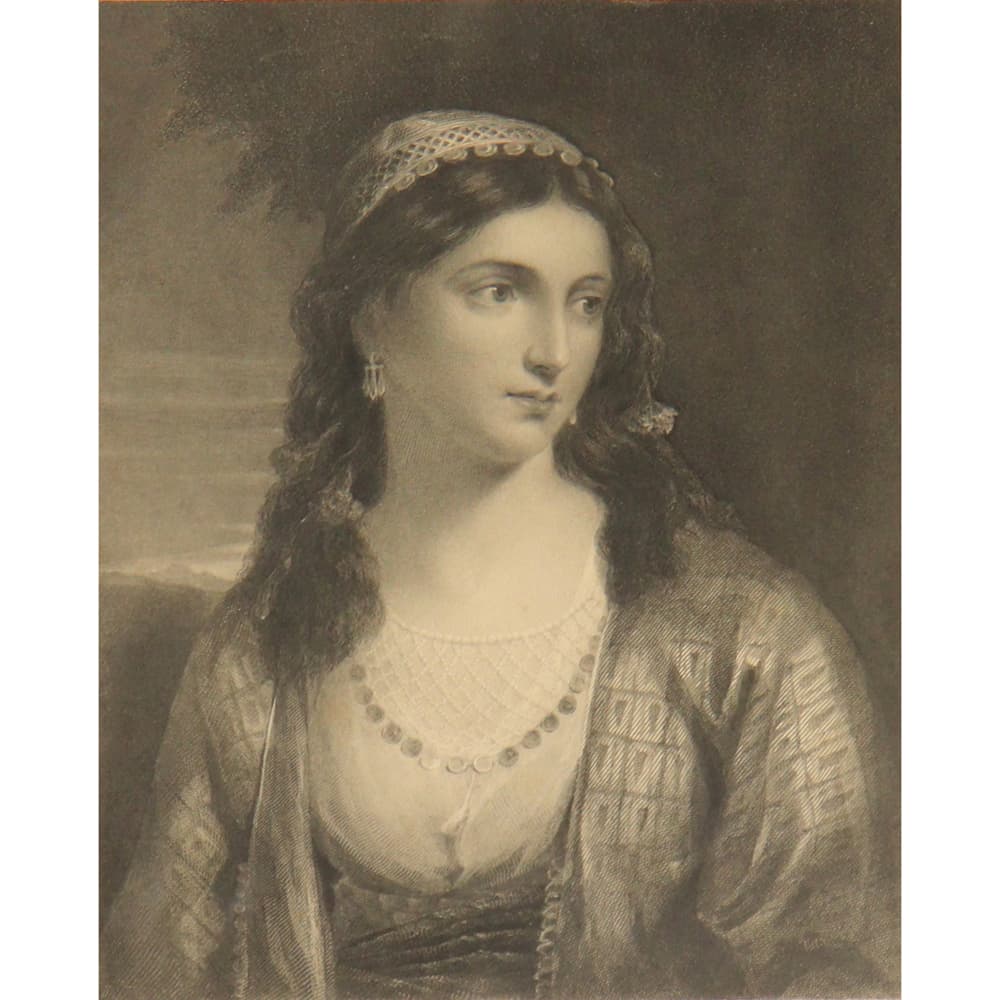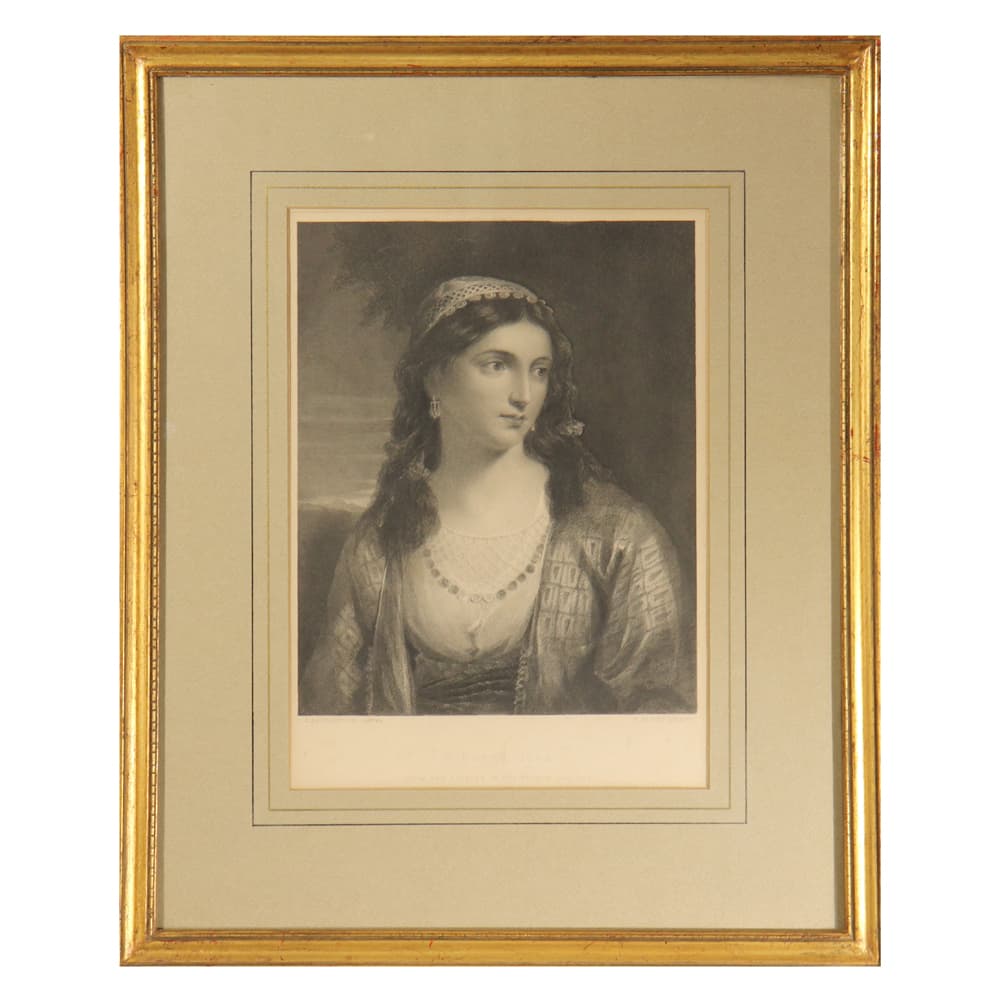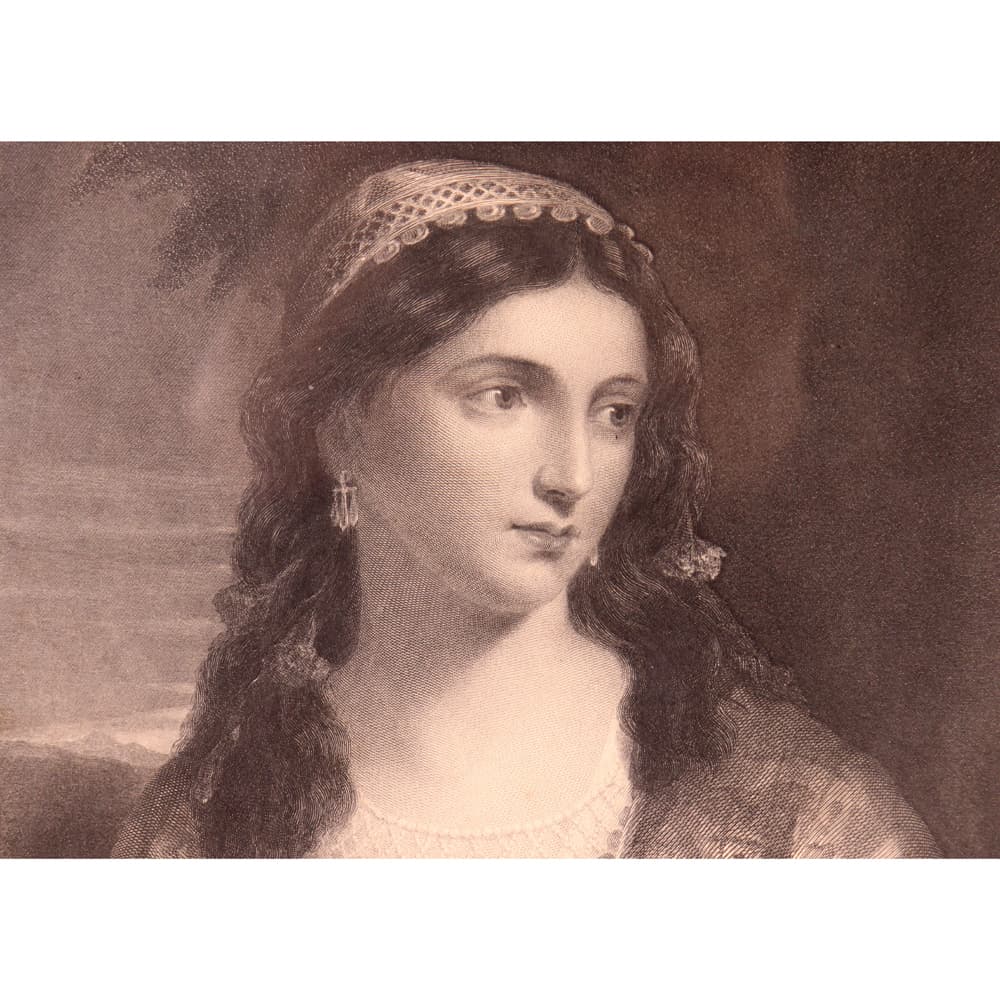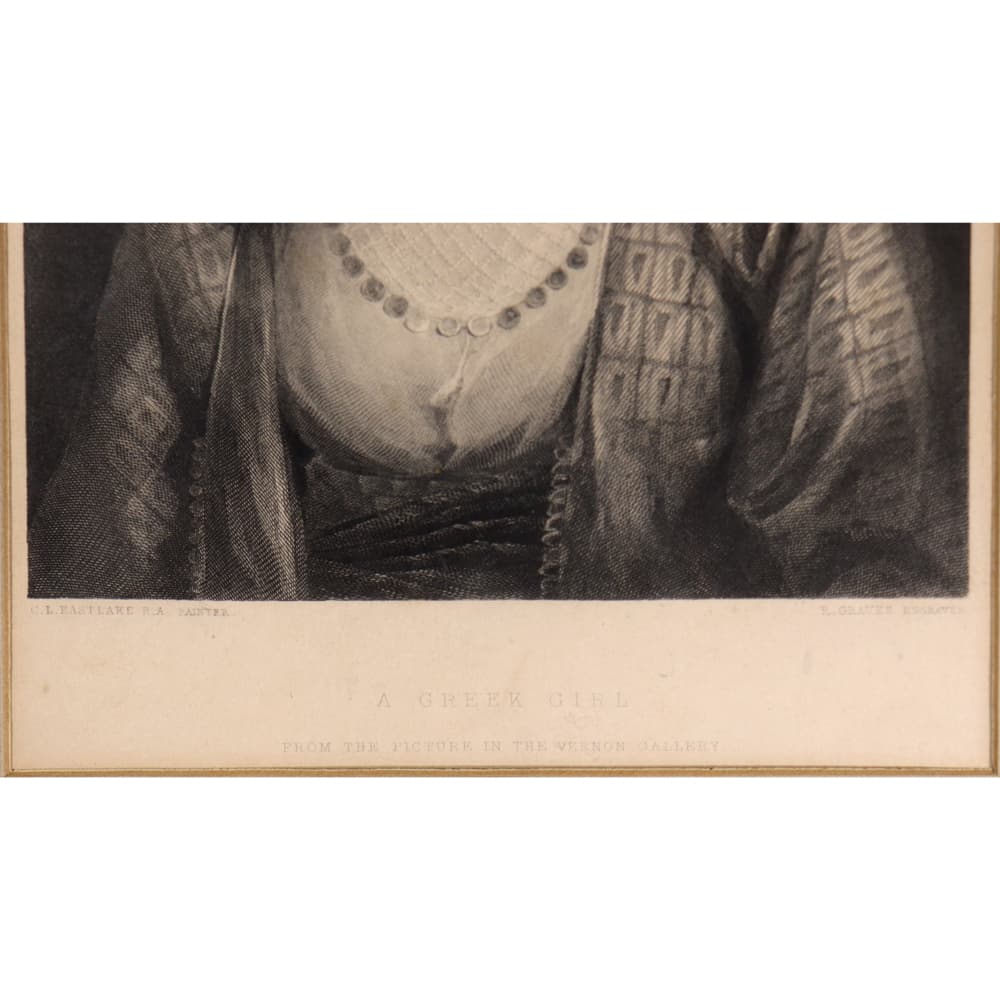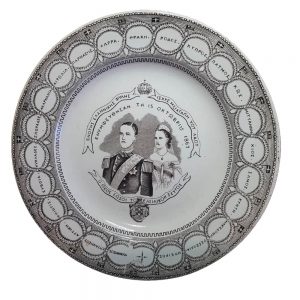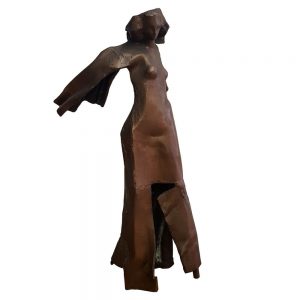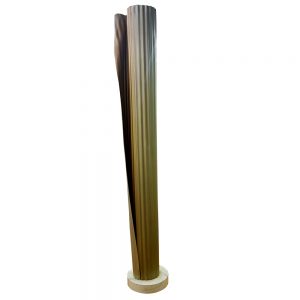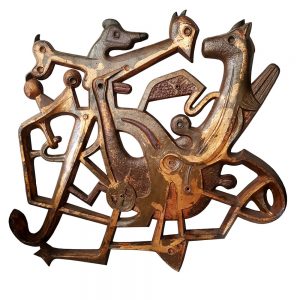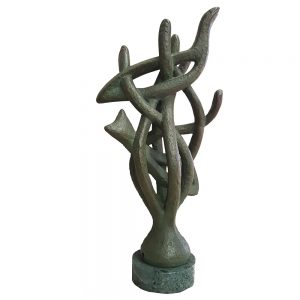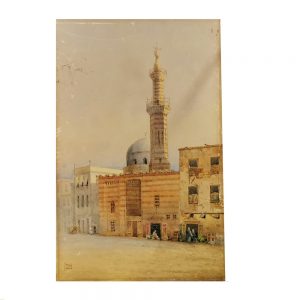Description
Painting “The daughter of Athens”, engraving. Dimensions: 23.5 X 18.5 cm.
Biography:
Sir Charles Lock Eastlake (1793 – 1865) was a British painter, gallery director, collector and writer of the early 19th century.
Charles Eastlake was born in Plymouth, the birthplace of other famous painters, notably Sir Joshua Reynolds. He was educated at the local grammar schools of Plymouth and Plympton before briefly attending Charterhouse in London.
Early on he determined on a career as an historical painter, studying under the watercolour painter Samuel Prout before going to London to work under the historical painter, Benjamin Haydon and receiving tuition from the Royal Academy schools in 1809.
His first success came with his painting of Napoleon, during the latter’s captivity on the ‘Belleraphon’ when the ship was moored off Plymouth Sound. A second larger version of this portrait was bought by five gentlemen from Plymouth, and the proceeds, together with the patronage of the banker Jeremiah Harman, allowed Eastlake to travel abroad to study the Old Masters.
After two brief trips to France in 1814 and 1815, Eastlake went to Rome in 1816 where he settled for the next 14 years. He continued to travel widely, for instance touring Greece in 1818 and Northern Europe in 1828.
His friendships with Italian and German artists, philosophers and writers influenced his practice as an artist and his ideas about the theory of art. He became close friends with J.M.W. Turner and the portrait artist Sir Thomas Lawrence who encouraged Eastlake to brighten his palette. [In the center of Athens, in the present area of Psyrri, on Agias Street (today’s Agias Theklas), was the mansion of the Makris family.
The father of the family, Prokopis Makris, was the consul of England in Athens and lived in his mansion with the women of his life. His wife Theodora and his three daughters. When her husband, Theodora, died, in order to make ends meet and raise her three daughters, she began renting some rooms in the house to strangers visiting Athens.
The mansion consisted of two buildings so it could comfortably accommodate her, the girls and the tourists. At Christmas 1809, Lord Byron was in Athens, where he stayed for ten weeks. He stayed in one of the rooms of Makri’s house as, due to their father’s status, the women of the family spoke English, something extremely rare for the time and so they could easily communicate with their new “tenant”. During his stay at Makri’s house, Lord Byron came in contact with the then thirteen-year-old daughter of the family, Teresa.
Teresa was a beautiful brunette girl. Her presence enchanted the lord who fell in love with her. It is said that when he saw her, he said to his friend, Robert, who was with him, “look Robert, one of the Caryatids came to life”. Their love was platonic, but it inspired Byron. For the sake of Teresa he wrote the poem “daughter of Athens”, whose every turn ends with the phrase “I love you my life”.
Despite Byron’s poetic love confession, love remained unfulfilled. The mansion, however, was renamed “house of the daughter of Athens”. Teresa, after the departure of Byron, continued her life. A few years later she married the then English consul of Athens.
The house, which now had the name given to it by Byron, was abandoned after the Greek revolution and in the 1970s was demolished. It remained, however, the lord’s poem, reminiscent of his love for the “daughter of Athens”.]
Painting – Gravure “The daughter of Athens” – A very beautiful and collectible engraving.
Code: E145


